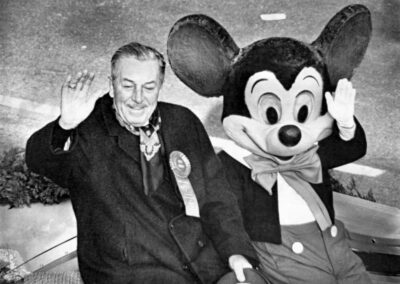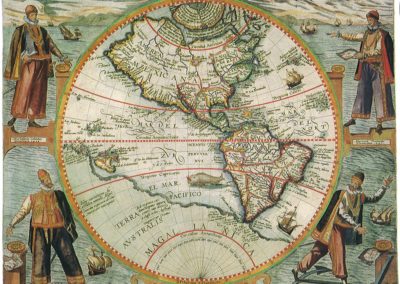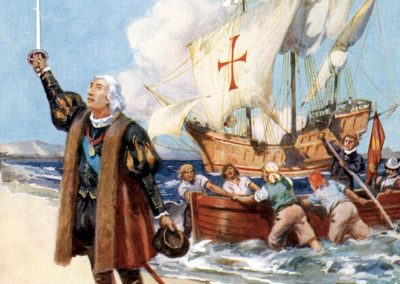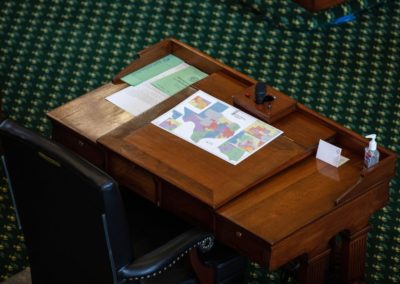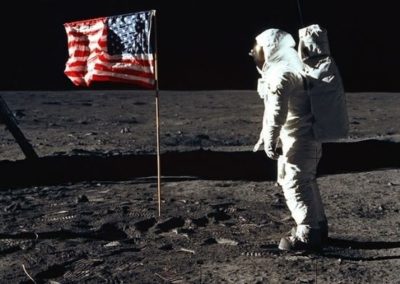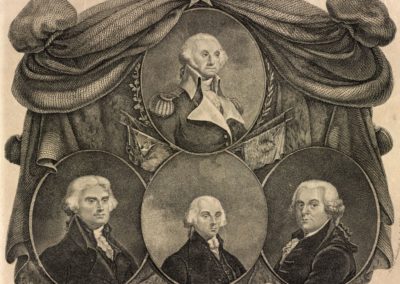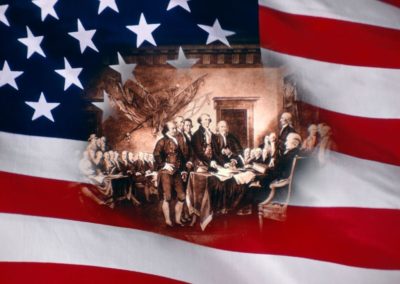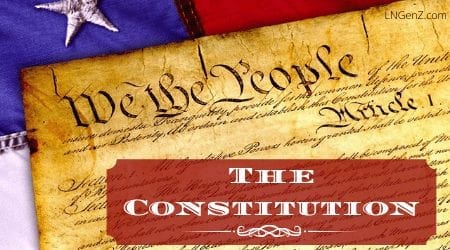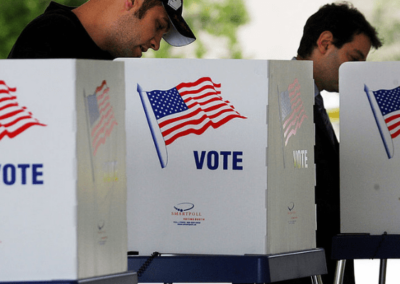A Short History of the US Military – the US Air Force
US Air Force emerged from humble beginnings to be a global capability.
By: Dave Patterson | March 4, 2025 | 802 Words

(Photo by National Archives/Interim Archives/Getty Images)
Until Congress passed the National Security Act on July 26, 1947, no military department of the US Air Force (USAF) existed. Two months later, W. Stuart Symington became the first Air Force secretary, and a week later, Gen. Carl A. Spaatz was named the first USAF Chief of Staff. The US Air Force became a full-fledged separate military service. However, the air arm of the Department of Defense started from humble beginnings.
US Air Force Began as a Small Part of the Army
The third military service, the fourth if you count the Marine Corps, to emerge as a formidable American military capability was born in 1907 as the Aeronautical Division of the US Army Signal Corps. It was responsible for eight observation balloons, with a small dirigible acquired in 1908. That same year, Orville and Wilbur Wright delivered a test aircraft to the Army at Fort Meyer, Virginia, outside Washington, DC. After successful test flights, during a circle of the Army installation’s parade grounds, the Wright Flyer had a catastrophic propeller failure and crashed. Orville was injured, but his passenger, Lt. Thomas E. Selfridge, became the first airplane fatality. Undeterred, Signal Corps took possession of its first operational aircraft, a Wright Flyer No. 1, for acceptance testing.
The airplane was a similar bi-wing, fabric-covered model with the same Wright 30-horsepower, four-cylinder engine powering two wooden propellers and sporting wooden skids for landing gear. The wing area was smaller, and the rudder and wiring holding the structure together were modified. As part of the aircraft’s acceptance trials by the Army, “the aircraft satisfied the endurance requirement with a record flight of 1 hour, 12 minutes, and 40 seconds covering 40 miles in the process,” according to the United States Army Aviation Museum account.
 In the final acceptance flight, the Wright Flyer covered a ten-mile test flight with an average speed of 42.9 mph, two mph more than the requirement. As unremarkable as this may seem today, it was momentous then. Realizing the historical significance of the Army acquiring its first aircraft, the 1909 Wright Military Flyer, Army Aeroplane No. 1, became a permanent fixture in the Smithsonian Museum, where it resides today.
In the final acceptance flight, the Wright Flyer covered a ten-mile test flight with an average speed of 42.9 mph, two mph more than the requirement. As unremarkable as this may seem today, it was momentous then. Realizing the historical significance of the Army acquiring its first aircraft, the 1909 Wright Military Flyer, Army Aeroplane No. 1, became a permanent fixture in the Smithsonian Museum, where it resides today.
Army aviation did not come of age until World War I when in 1918 the American Expeditionary Forces created the first combat air organization, the “1st Pursuit Wing — made up of the 2d and 3d Pursuit Groups and, later, the 1st Day Bombardment Group. In November 1918, the AEF possessed 14 groups (seven observation, five pursuit, and two bombardment),” the US Air Force historical fact sheet recorded. During World War I, the Army Air Service acquitted itself well, downing 756 enemy aircraft and 76 balloons while losing 289 airplanes and 48 balloons. However, the Air Service was demobilized following the war, and of the 185 aero squadrons operational before the 1918 Armistice, only 22 were retained.
The officer numbers went from 119,189 on November 11, 1918, to 1,168 by the end of June 1920, a reduction of 99%. The enlisted ranks were thinned by 95%. There seemed to be no future for a military air service. Enter Brig. Gen. Billy Mitchell. A decorated veteran of the World War I Air Service, Mitchell was a strong advocate for the capability military aviation represented. “Mitchell’s agitation eventually brought about the famous series of airplane versus battleship tests from 1921-1923, when his Martin MB-2 bombers proved the vulnerability of warships to air attack by sinking the captured German battleship Ostfriesland,” explained the USAF fact sheet.
Army Air Corps Outgrew the Army
Nonetheless, the fledging Air Service was not viewed in the same league as the Army’s core units: infantry, artillery, armored, and mechanized. However, the winds of World War II were beginning to blow more strongly. The Air Service, having changed its name to Army Air Corps, received more attention.
However, it was air power in action during World War II where the Army Air Forces (the name adopted in 1942) proved their worth. The strategic bombing of Germany and Japan demonstrated that dominance of the skies was critical to winning. Additionally, the destruction of Japan’s and Germany’s industrial war machine brought the fighting to an end faster. And strategic bombing — delivering atomic weapons on Hiroshima and Nagasaki — closed the door on World War II. Dropping the bombs was necessary as RealClearDefense explains, “The sad truth is that the Japanese would not surrender without the atomic bomb dropping or millions (of Americans, Japanese, and Chinese) dying from an invasion.”
With World War II over, the air power had outgrown its Army parent. So, on July 26, 1947, the US Air Force was born. With that, America’s strategic nuclear and tactical air dominance began and has yet to end.

- Orville and Wilbur Wright delivered a test aircraft to the Army in 1908.
- Air power in action during World War II is where the Army Air Forces proved their worth.
- In July, 1947, the US Air Force was born.


